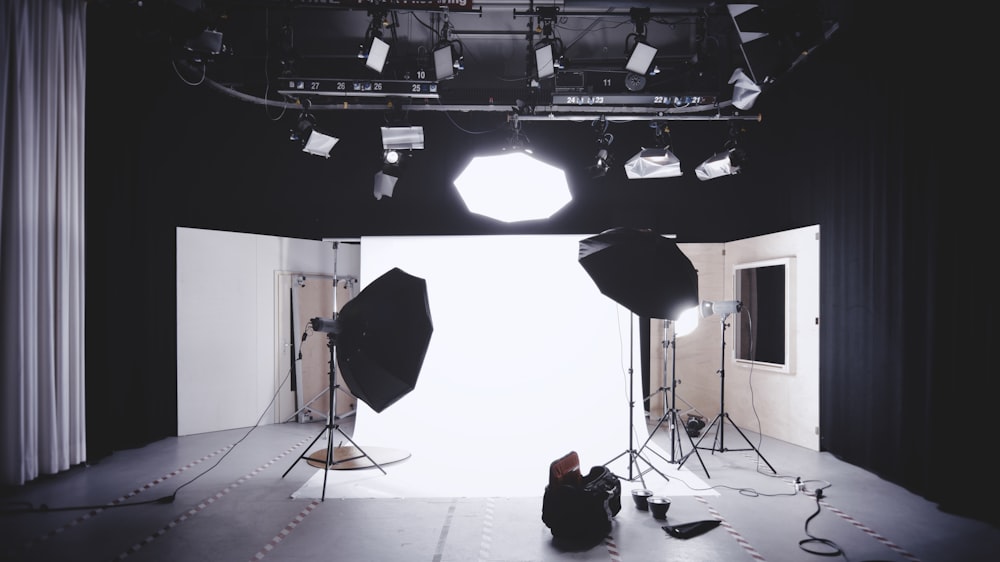The Origin and Evolution of Photography: A Journey Through Time

I. The Precursors: Early Experiments with Light and Image
The roots of photography can be traced back to ancient civilizations where philosophers and scientists pondered the nature of light and vision. The camera obscura, a precursor to the modern camera, was first described by the Chinese philosopher Mozi in the 5th century BCE. This simple device, essentially a darkened room with a small hole or aperture, projected an inverted image of the outside world onto a surface inside the room.
In the centuries that followed, scholars and thinkers across the world continued to experiment with the principles of optics and light. Arab mathematician Alhazen wrote extensively about the camera obscura in the 11th century, while European artists such as Leonardo da Vinci used it as a tool for drawing and perspective.
II. The Birth of Photography: Daguerreotypes and Calotypes
The dawn of photography as we know it today can be attributed to the work of two pioneering inventors: Louis Daguerre and William Henry Fox Talbot. In 1839, Daguerre unveiled the daguerreotype, a photographic process that produced unique images on polished silver plates. This revolutionary invention captured the public imagination and sparked a craze for portrait photography.
Around the same time, Talbot introduced the calotype, an alternative process that allowed for the production of multiple copies from a single negative. Unlike the daguerreotype, which produced highly detailed images but could not be duplicated, the calotype offered greater flexibility and reproducibility.
III. The Age of Exploration: Photography and the World
Throughout the 19th century, photography played a crucial role in documenting the world around us. Expeditions to far-flung corners of the globe were accompanied by photographers who captured images of exotic landscapes, indigenous cultures, and natural wonders. The camera became a tool for exploration, education, and enlightenment, offering glimpses of distant lands and peoples to audiences back home.
Photography also played a significant role in shaping our understanding of history and society. Documentary photographers such as Lewis Hine and Jacob Riis used their cameras to expose the harsh realities of urban life, from child labor in factories to overcrowded tenements. Their images sparked social reform movements and raised awareness of pressing issues facing society.
IV. Technological Innovation: From Film to Digital
The 20th century witnessed rapid advancements in photographic technology, from the introduction of roll film by George Eastman and the Kodak company to the development of color photography and instant cameras. These innovations made photography more accessible to the masses, democratizing the medium and allowing amateurs and enthusiasts to express themselves creatively.
The digital revolution of the late 20th and early 21st centuries transformed photography once again, ushering in an era of unprecedented convenience and flexibility. Digital cameras replaced traditional film, allowing photographers to capture, edit, and share images instantaneously. The rise of social media and photo-sharing platforms further accelerated this trend, turning everyone with a smartphone into a potential photographer.
V. The Future of Photography: AI, VR, and Beyond
As we look to the future, the possibilities for photography seem boundless. Artificial intelligence promises to revolutionize image processing and editing, while virtual reality technology opens up new frontiers for immersive storytelling. From drone photography to 360-degree panoramas, photographers are constantly exploring new techniques and technologies to push the boundaries of the medium.
But amidst all the technological advancements, the essence of photography remains unchanged. At its core, photography is about capturing moments, telling stories, and evoking emotions. Whether it's a breathtaking landscape, a candid portrait, or a fleeting glimpse of everyday life, a photograph has the power to transport us to another time and place.
In conclusion, the journey of photography from its humble beginnings to the digital age is a testament to the ingenuity and creativity of the human spirit. As we continue to push the boundaries of what is possible with the medium, let us never forget the magic and wonder of capturing light and image in a single frame.









































